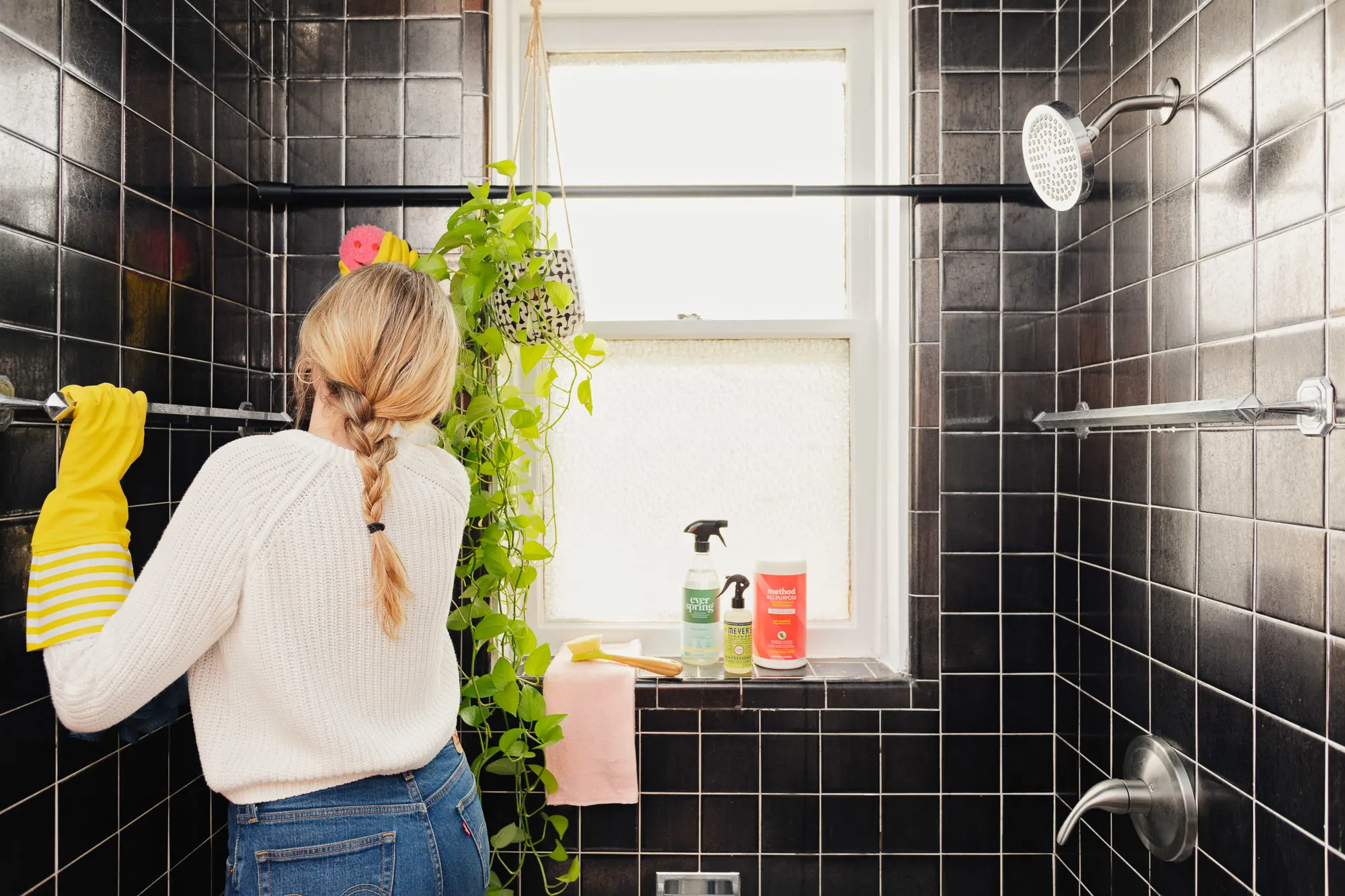Unseen and uninvited, mould and mildew can easily sneak into your bathroom due to its moist environment, leading to health and sanitation concerns. It’s time to attack this issue head-on because your health is our priority. We’ve compiled an essential list of thirty top tips for dealing with this perennial problem. Let’s dive right in with our first ten pieces of advice; these self-help strategies will help you minimise and combat them effectively.
Contents
- 1. Maintain good ventilation
- 2. Frequent thorough cleaning
- 3. Use a dehumidifier
- 4. Clean with vinegar
- 5. Apply mould-resistant paint
- 6. Fix tap leaks
- 7. Keep your bathroom dry
- 8. Use exhaust fans
- 9. Tile grout cleaning
- 10. Replace damaged grout
- 11. Clean Shower Curtains Frequently
- 12. Dry Bath Mats
- 13. Dry Damp Surfaces Quickly
- 14. Use Bathroom Specific Cleaners
- 15. Proper Air Circulation
- 16. Install Mould-Resistant Shower Curtains
- 17. Regularly Wash Bathroom Rugs
- 18. Change Shower Liners Regularly
- 19. Use Baking Soda
- 20. Install a Humidity Sensor
- 21. Use mould-killing products
- 22. Avoid clutter in bathroom
- 23. Remove any visible mould
- 24. Seal tile grout
- 25. Empty trash cans regularly
- 26. Inspect concealed bathroom areas
- 27. Use mildew-resistant shower curtain
- 28. Refurbish if necessary
- 29. Regular professional cleaning
- 30. Hire mould removal experts
- In Conclusion
1. Maintain good ventilation
Good ventilation is the nemesis of mould “Indoor mold” growth. By ensuring air circulation in your bathroom, you can control the humidity and prevent condensation, which are breeding grounds for mould. Therefore, make sure to open windows or doors after showering or bathing to let fresh air in, regulating the temperature and preventing mould from settling.
2. Frequent thorough cleaning
Cleaning your bathroom thoroughly and regularly is necessary to ward off mould. You can use various cleaning solutions available in markets; some cleaners also offer “Environmental remediation” for your bathroom fixtures. By paying special attention to areas like the shower curtain, tiles or corners where mould typically thrives can help in keeping it at bay.
3. Use a dehumidifier

Mould thrives in humid conditions, so “Humidity” is a key aspect here. A dehumidifier can be your knight in shining armour by reducing the level of humidity in your bathroom. This equipment helps maintain optimum moisture levels, preventing the growth of mould & mildew and ensuring better “Health.”
4. Clean with vinegar
Vinegar is a natural, cost-effective method to combat mould growth. It eliminates existing mould and prevents new growth by creating an inhospitable environment for it. Remember to rinse thoroughly after you’ve done your wiping and scrubbing to ensure no leftover vinegar can attract dust.
5. Apply mould-resistant paint
Mould-resistant paint is created with elements that prevent the growth of mould and mildew. Applying this paint to your bathroom walls may require a bit of work, but it’s a preventive healthcare step for your home, offering a long-term solution against “Mold health issues”.
6. Fix tap leaks
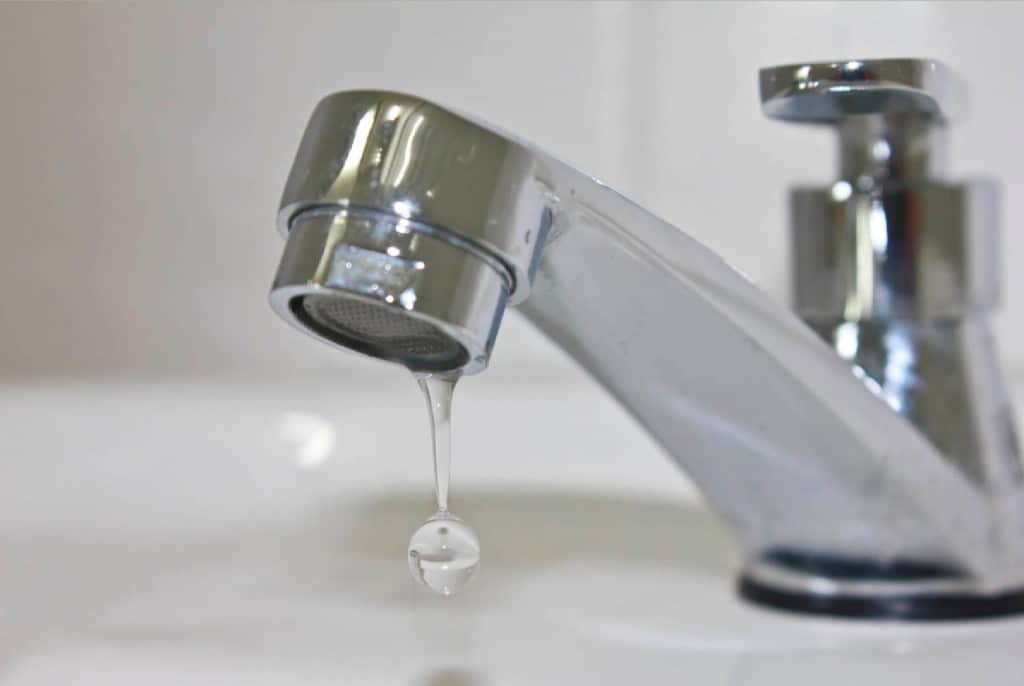
“Tap leaks” can contribute to a moist environment, paving the way for mould to flourish. Therefore, fixing any dripping taps at the earliest is crucial in this battle. This preventive measure not only eliminates potential breeding grounds for mould but also saves significant water usage over time.
7. Keep your bathroom dry
After a shower or bath, make sure to wipe down damp surfaces, such as tiles or glass screens. Dry surfaces are vital in making your bathroom unattractive to mould and mildew. Using absorbent mats or towels can aid in this mission by soaking up excess moisture.
8. Use exhaust fans
“Heating, Ventilation, and Air Conditioning” (HVAC) system has an important role here as well. Specifically, exhaust fans help pull damp air out of the bathroom reducing humidity levels. It’s advisable to let the fan run for about 15-20 minutes after a shower for best results.
9. Tile grout cleaning
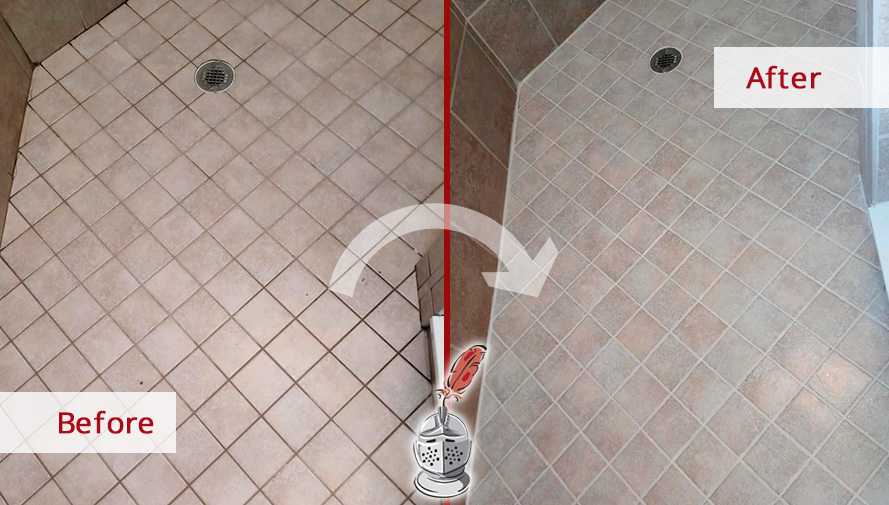
Overtime, tile grout can degrade and harbour mould and mildew, making “Tile grout cleaning” extremely essential. Using proper cleaning brushes and appropriate grout cleaners can significantly decrease any risks associated with mould growth in between those little crevices.
10. Replace damaged grout
Over time, grout can become damaged and provide a perfect home for mould. When cleaning isn’t enough, it’s time to replace the old, adulterated grout with new, sealed grout. By doing so, you’ll be making an unsuitable environment for mould growth and enhancing your bathroom’s aesthetics simultaneously. Remember always to gear up with “Personal Protective Equipment” (PPE) during the replacement procedure for protection.
11. Clean Shower Curtains Frequently
Did you know shower curtains are amongst the most common places in the bathroom to find mold? That’s because they are often damp and frequently in dark places — a perfect environment for mold. Try cleaning your shower curtains at least once every month. Use soapy water or bathroom specific cleaners to wipe off any signs of mildew and rinse with water. It is also beneficial to incorporate preventative healthcare practices in your cleaning regime, like wearing personal protective equipment (PPE). This includes gloves, mask, and eye protection especially if you have mold health issues.
12. Dry Bath Mats
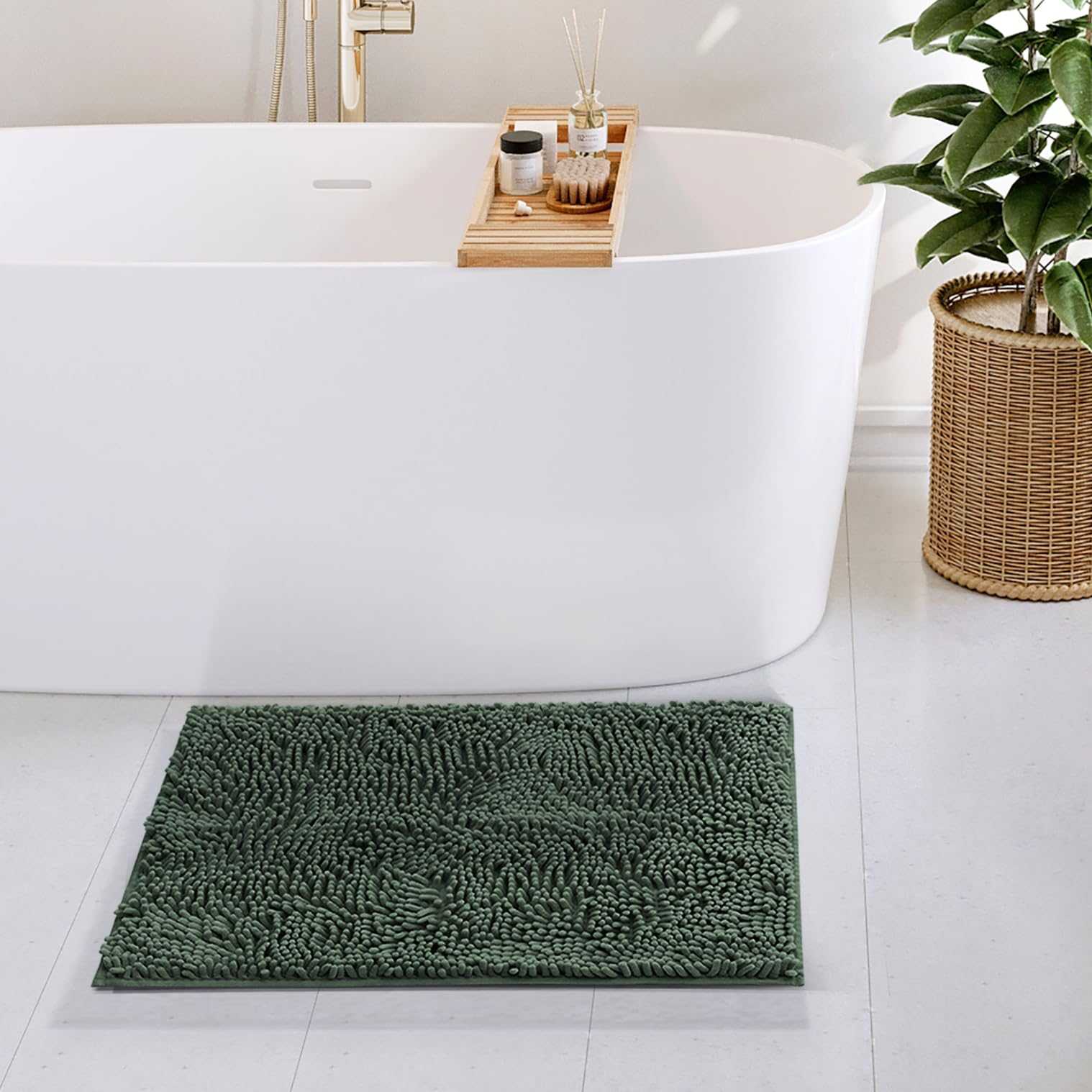
Bath mats are prone to mold growth due to excessive humidity and moisture from everyday usage. To avoid this, make it a routine to hang bath mats out to dry after use. An alternative option that could be quite helpful is buying a dehumidifier. It will reduce the overall humidity in your bathroom, therefore helping your bath mats to dry quicker—it’s really a worthwhile investment!
13. Dry Damp Surfaces Quickly
Wiping down damp surfaces in your bathroom after use can greatly minimise the risk of mould development. Whether it’s excess water splashed around when you wash your hands or foggy mirrors following a hot shower, it’s imperative to ensure that these surfaces dry as quickly as possible. If left wet, these conditions can provide the perfect environment for mould and mildew growth.
14. Use Bathroom Specific Cleaners
We can’t stress enough how vital it is to use bathroom specific cleaners in preventing mould growth. These cleaners are formulated to not only clean dirt and grime but also prevent mould and mildew from making a home in your bathroom. Some cleaners contain effective ingredients that target indoor mold by eliminating them completely, contributing to a cleaner and healthier bathroom space.
15. Proper Air Circulation

Adequate air movement can go a long way in banishing silent mold invaders. You might want to consider utilising your bathroom’s heating, ventilation and air conditioning (HVAC) system to keep the air circulating. This will prevent the buildup of excessively damp conditions that mould spores love.
16. Install Mould-Resistant Shower Curtains
Getting mould-resistant shower curtains is another effective step you can take in preventing mould growth in your bathroom. These curtains are designed to resist mould, hence reducing the risk of them posing health issues related to exposure to toxic moulds. In keeping with current advertising trends, many suppliers market this type of curtain as an affiliate product because of its unique, beneficial features.
17. Regularly Wash Bathroom Rugs
Bathroom rugs can trap moisture and dirt which can become breeding grounds for mold. Always remember to routinely wash and thoroughly dry your bathroom rugs to combat mould growth. It’s also important that you not only clean but also disinfect these objects regularly using appropriate cleaning solutions for effective environmental remediation.
18. Change Shower Liners Regularly

Shower liners serve as the first line of defense against moisture on your shower curtains. However, they’re prone to mildew and need replacement often. Depending on usage, we recommend changing shower liners every six months or whenever visible mold appears.
19. Use Baking Soda
An affordable yet effective solution to attack mold is baking soda. Not only does it clean surfaces splendidly, but it also kills existing mold and prevents future growth due to its mildly alkaline nature that creates an unfavourable environment for mold. Just mix baking soda with water and scrub the mixture on the problem area to enjoy a mold-free bathroom.
20. Install a Humidity Sensor
Installing a humidity sensor could be a game changer for your bathroom’s mould issues. These sensors are designed to automatically turn on your HVAC system whenever humidity levels in your bathroom exceed safe limits (usually around 50%). They effectively manage the overall moisture level in your bathroom, thus reducing the risk of mould and mildew growth.
21. Use mould-killing products
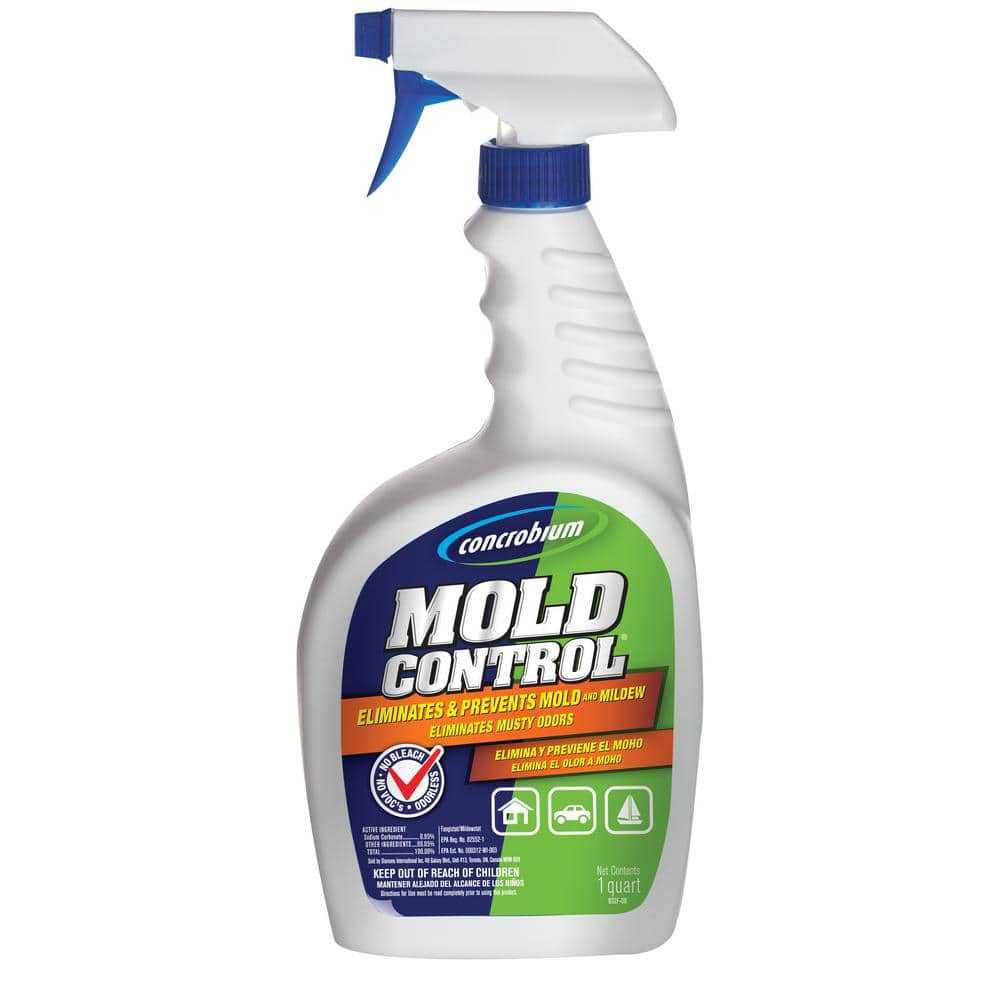
Eliminating existing funguses with mould-killing products is a vital part of overcoming mould and mildew problems. Selecting products specifically designed to kill mould will ensure the proper eradication of the organisms and prevent spores from spreading further. These products manufacturer’s instructions should always be followed, and suitable protective wear should be worn to avoid harmful inhalation or skin contact. Please remember that while this tip can help you control light situations, you may need professional help for larger infestations.
22. Avoid clutter in bathroom
Excessive clutter in your bathroom can trap moisture and provide an ideal environment for mould and mildew formation. To reduce the chances of an infestation, try to limit the number of items in your bathroom to those that are truly necessary. Consistently put away toiletries after use and consider installing additional storage solutions if your space is limited. A tidy bathroom promotes air flow and is less likely to become a mould breeding ground.
23. Remove any visible mould
If you see any visible signs of mould or mildew, it’s crucial to treat them as soon as possible to prevent spreading. Bleach-based solutions are often effective at removing minor occurrences from hard surfaces such as tiles or glass. For stubborn patches on porous materials such as grout and sealant, you might need a specially designed mould cleaning product. Always dry the area thoroughly after cleaning, as moisture promotes new growth.
24. Seal tile grout
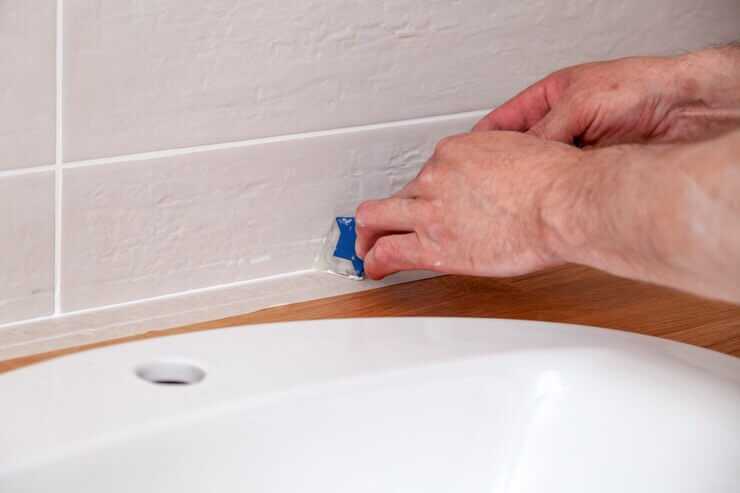
Grout is quite porous and can absorb water, which then provides an excellent environment for mould growth. It’s important to regularly check the condition of your grout work and reseal when necessary. Sealing grout effectively prevents water absorption and limits the extent to which mould can grow. Consider employing a professional if you’re not comfortable doing this yourself.
25. Empty trash cans regularly
Trash cans in the bathroom, although small, can often be a catalyst for mould and mildew growth due to the placed damp tissues or wipes. Regular emptying of these bins reduces the probability of mould formation. At Dan’s Plumbing, we advise our clients to clean their bathroom waste baskets at least once a week to keep their environment clean, dry and free of mould spores.
26. Inspect concealed bathroom areas
Mould and mildew often begin growing in areas less exposed, such as behind cabinets or under sinks. Regular inspection of these low-visibility areas is key in catching potential problems early. If you spot even minor signs of mould in these places, undertake immediate cleaning to prevent further spread into more visible areas.
27. Use mildew-resistant shower curtain
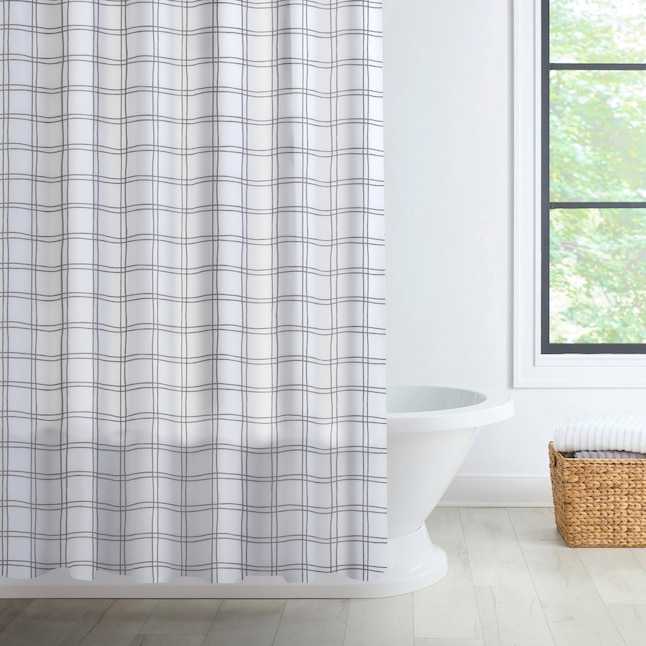
Replacing your standard shower curtain with a mildew-resistant alternative is a straightforward and cost-effective method of combating mould growth in your bathroom. These curtains are specifically designed to resist the formation of mildew, helping you maintain a cleaner and healthier environment without additional effort. Plenty of design options are available, so this switch won’t compromise your aesthetic!
28. Refurbish if necessary
If your bathroom is old or not properly maintained and you’ve been fighting constant battles against mould and mildew, it may prove beneficial in the long run to consider refurbishment. Renovation work provides an opportunity to pick materials that minimize mould growth, redesign your space for better air circulation and update your ventilation system – all contributing greatly towards maintaining a clean, healthy space.
29. Regular professional cleaning
A professional cleaning service can be a great ally in your fight versus mould and mildew. Pros have access to potent cleaning agents and tools designed to eradicate these growths. Regular scheduled cleaning by an expert can relieve you of the stress associated with constant vigilance and allow you to enjoy a consistently clean, healthy bathroom.
30. Hire mould removal experts
If you’ve taken all the necessary precautions and followed all our tips, yet still find mould reappearing in your bathroom, don’t despair! It might be time to hire a professional mould removal service. These experts will effectively kill and remove the fungus, identify its source and guide you about counter measures to prevent it from coming back.
In Conclusion
Maintaining a mould-free bathroom can seem daunting, but it need not be if you’re vigilant and proactive. Follow these tips to help minimize the chance of mould and mildew growth in your bathroom. Sometimes, professional help is the best solution – don’t hesitate to contact professionals like us at Dan’s Plumbing when necessary. Keep your bathroom clean, dry, well ventilated and enjoy a healthier living environment!
Dan’s Plumbing is a leading name in emergency plumbing across Australia. We ensure prompt and effective plumbing solutions for residents across Brisbane, Sydney, Melbourne, and the Gold Coast.
- Simple Plumbing Tips When Going on Holidays, Your Aussie Holiday Plumbing Checklist - October 26, 2024
- Preventing Corrosion in Your Pipes: Professional Pipe Inspection Services - September 26, 2024
- Upgrading to Smart Plumbing Technology – Professional Smart Home Integration - September 26, 2024
Related posts:
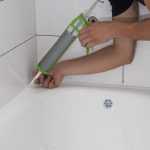 Top Tips to Keep Your Bathroom Caulking and Grout Clean and Fresh
Top Tips to Keep Your Bathroom Caulking and Grout Clean and Fresh
 The Importance of Proper Ventilation in Your Bathroom
The Importance of Proper Ventilation in Your Bathroom
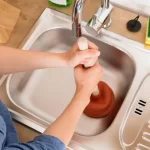 Simple Tips for Smelly Drains and Tell Tail Signs You Need a Professional Drain Cleaning Service
Simple Tips for Smelly Drains and Tell Tail Signs You Need a Professional Drain Cleaning Service
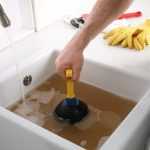 Simple Bathroom Maintenance Tips for Beginners Knowing When to Call Dan’s Plumbing
Simple Bathroom Maintenance Tips for Beginners Knowing When to Call Dan’s Plumbing
 Tips for Basic Bathroom Renovations Without Moving Plumbing
Tips for Basic Bathroom Renovations Without Moving Plumbing
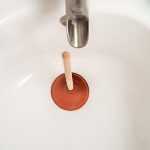 Keeping Your Brisbane Shower Drain Clear of Clogs: Signs It s Time to Seek Professional Help
Keeping Your Brisbane Shower Drain Clear of Clogs: Signs It s Time to Seek Professional Help

